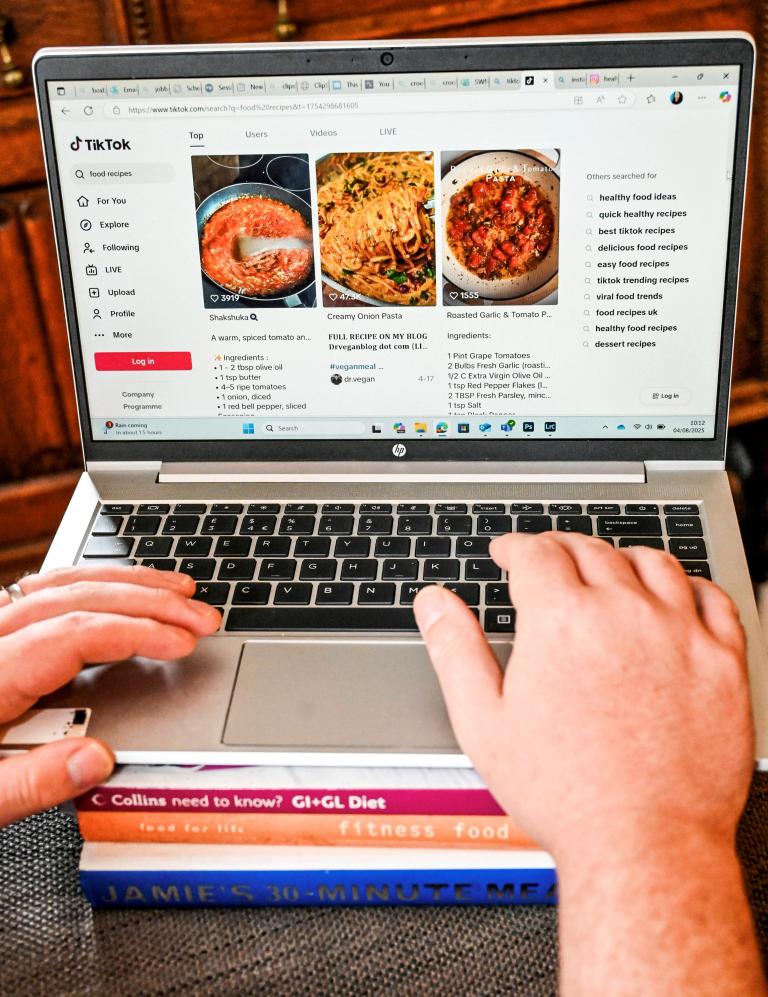For Gen Z, the kitchen no longer starts with a cookbook or a family recipe card. It starts with a scroll. From TikTok to Instagram Reels, young people are using social media not just for entertainment or news, but as a primary source of meal inspiration and planning. A new survey confirms what many already observe daily — Gen Z is deeply dependent on online platforms when deciding what to cook, how to cook it, and even where to shop.
This shift can be traced to how Gen Z consumes information. Raised in the age of smartphones and short-form video, they are drawn to quick, visually rich content. Platforms like TikTok have created an environment where a 30-second video can turn an obscure dish into a global trend overnight. Instead of spending time browsing traditional food blogs or watching lengthy cooking shows, Gen Z wants ideas they can understand, save, and recreate within minutes. The easier it looks, the more likely they are to try it.
But it’s not just about speed. Social media offers a sense of authenticity and relatability that traditional food media often lacks. Gen Z values content from people who look and live like them — not professional chefs with perfect kitchens, but creators cooking in small apartments, using affordable ingredients, and making mistakes along the way. That raw, imperfect presentation feels more honest and attainable. It builds trust.
There’s also the influence of trends and peer validation. Viral recipes create a kind of shared experience, where users across the world are making the same dish at the same time. Food becomes more than nourishment; it becomes content. Cooking is now something to be recorded, posted, and reacted to. If a meal isn’t aesthetically pleasing or “trendy” enough, it may not even make the cut. This blending of eating and online identity is something unique to this generation.
Budget and practicality also factor into the equation. Many Gen Z individuals are students or early-career workers. Social media offers endless content around “meals under $5,” “lazy dinners,” or “zero-waste lunches” — all catering to their lifestyles and financial realities. The platforms become a digital survival guide for navigating adult life in an uncertain economy.
All of this amounts to a major cultural shift in how food decisions are made. Where previous generations might have relied on tradition or family routines, Gen Z builds their food habits through algorithms and influencers. The fridge is still the destination, but the roadmap starts on a screen. Whether it’s planning a week of cheap meals or finding something impressive for a first date, social media now serves as Gen Z’s favorite sous-chef.







Reader Responses (0)